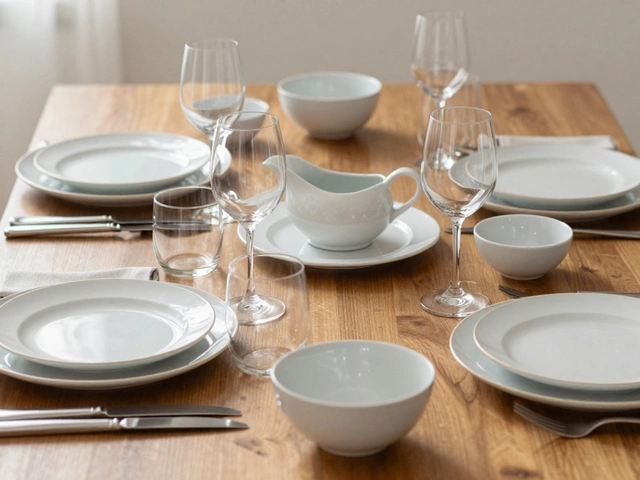Storage Cost: What You Need to Know Before You Rent a Unit
Thinking about putting your boxes in a storage unit? The biggest question is always, "How much will it cost?" The answer isn’t a one‑size‑fits‑all number. It depends on a handful of factors that you can actually control. Below we break down the main drivers of storage cost and give you easy ways to keep the price down.
What Influences Storage Prices?
First up, location. Units in big cities or near transport hubs usually cost more because demand is higher. A 10x20 unit in London can be twice the price of the same size in a rural town. Next, size matters. Bigger units cost more per month, but sometimes the price per square foot drops as you go up in size—so compare both total cost and unit‑price.
Climate control is another big ticket item. If you need humidity‑controlled air for wooden furniture or electronics, expect a premium of 20‑30% over a standard unit. Security features like 24‑hour video surveillance, individual alarms, and gated access can add a few pounds a month, but they’re worth it for peace of mind.
Finally, contract length affects the rate. Most facilities offer a discount if you sign up for six months or a year. Short‑term rentals are convenient but often come with a higher monthly fee.
Tips to Lower Your Storage Bills
Now that you know what pushes the price up, here are some simple tricks to keep it low. Start by measuring what you really need. A 10x20 unit sounds huge, but you might fit the same items into a 5x10 if you pack smart. Use sturdy boxes, label everything, and stack vertically to maximise space.
Look for promotions. Many self‑storage companies run seasonal discounts, especially during summer moves. Call the facility and ask about any hidden deals—sometimes a simple phone call saves you 10‑15%.
Consider off‑peak locations. A facility a few miles outside the city centre often has the same security and climate control for a fraction of the cost. If you can transport your items yourself, the savings add up quickly.
Paying in cash or setting up a direct debit can also earn you a discount. Some providers charge a small processing fee for credit‑card payments, so ask about a lower rate for bank transfers.
Last tip: keep an eye on the contract end date. If you’re close to finishing the rental period, start planning a move out or a downsizing strategy early. Many places will charge a re‑rental fee if you leave the unit early, but a few weeks’ notice can sometimes waive that cost.
By understanding what drives storage cost and using these practical tips, you can store your belongings without breaking the bank. Want more ideas on what fits into a typical 10x20 unit? Check out our related guide for a quick inventory checklist.

Storage Cost Breakdown: What Does Storage Cost Include?
Wondering why your storage bill looks like a restaurant receipt? This article breaks down what storage cost actually covers, from basic rent to sneaky add-ons like insurance and late fees. Whether you’re stashing old furniture or running out of space at home, you’ll know exactly what you’re paying for. Discover tips to avoid common storage ripoffs and learn where you can save, so your stuff stays safe without emptying your wallet. Get savvy with hidden details most storage companies won’t tell you upfront.
Categories
- Storage (27)
- Bathroom (18)
- Sofas (15)
- Curtains (15)
- Home Decor (12)
- Bedding (11)
- Kitchenware (11)
- Cushions (11)
- Mirrors (10)
- Rugs (9)



